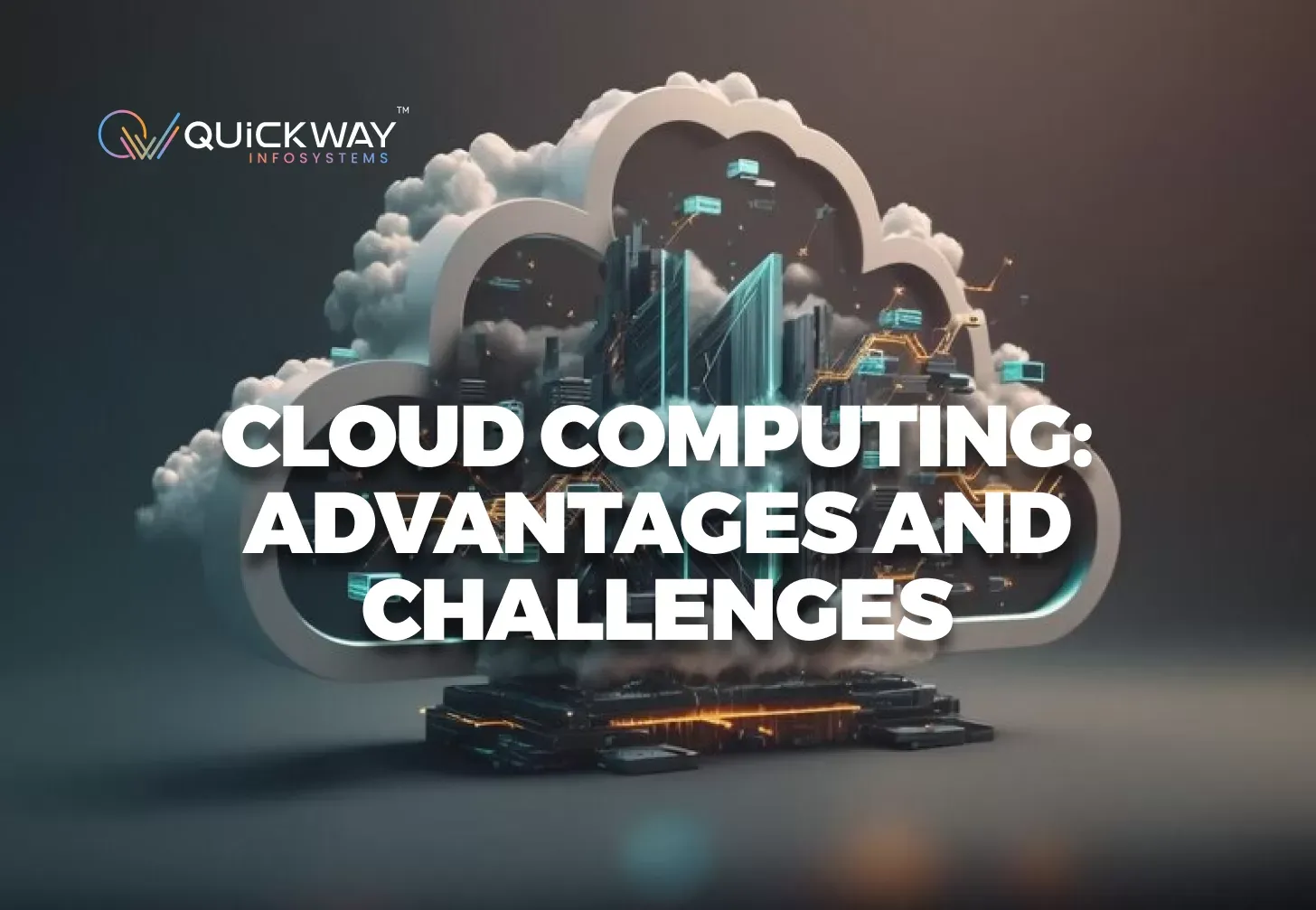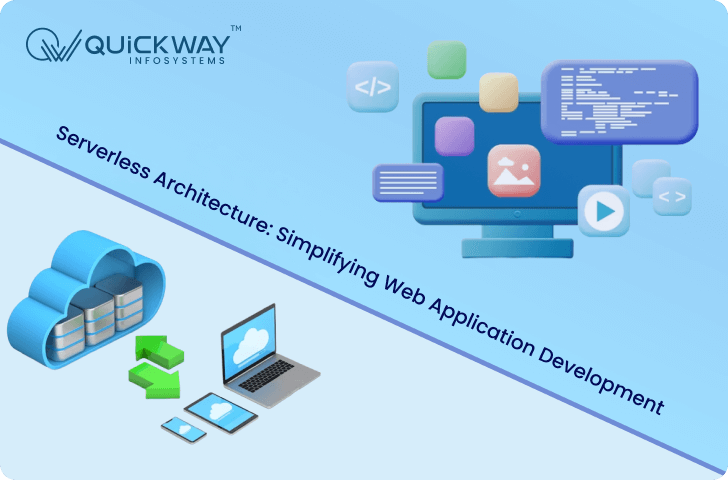The evolution from traditional infrastructures to a predominantly cloud-based landscape is a remarkable testament to the changing dynamics of our world. At the heart of this transformation lies the ubiquitous concept of “cloud computing.” Over the last two decades, cloud computing has steadily asserted its presence, revolutionizing the way businesses function. Despite the accumulation of statistics showcasing potential commercial gains, the outcomes of cost-benefit analyses have remained inconclusive. Nonetheless, its impact on how enterprises communicate, store information, and manage computational resources is undeniable.
Cloud computing has endowed modern businesses with a plethora of benefits, including cost-efficiency, scalability, flexibility, operational efficiency, and enhanced security. In lieu of relying solely on internal systems, a staggering 70% of enterprises have migrated to the cloud. Tasks that once seemed herculean, like purchasing flight tickets or accessing medical records, have been streamlined by the cloud’s network services.
The 2022 Flexera State of the Cloud report reveals intriguing statistics: 59% of companies are harnessing the full potential of their current cloud utilization to achieve cost savings. Furthermore, 57% of enterprises are in the process of transitioning additional tasks to the cloud, highlighting its increasing prominence. Notably, 42% of organizations have made the switch from on-premises software to Software as a Service (SaaS) solutions.
Enabling users worldwide to access a shared pool of resources encompassing applications, services, servers, data, and interconnected networks, cloud computing relies on either privately held cloud systems or third-party servers. This approach enhances data accessibility and eradicates inconsistencies caused by subsequent updates, all the while demanding only a minimal level of administrative effort.
The realm of cloud services offers unmatched flexibility, robust data storage capabilities, improved synchronization among employees, and fortified data security. This collective impact empowers organizations to make informed decisions that foster growth and development. Before embarking on a deeper exploration, it is prudent to initiate our discourse with a concise overview of the fundamental principles and general attributes underpinning cloud computing.
Defining Cloud Computing
Cloud computing entails the provision of computing services across a network. This revolutionary approach involves the storage, management, and processing of large volumes of data through an interconnected network of servers hosted on the Internet, diverging from the conventional use of local servers or individual PCs. This shift not only enhances operational efficiency but also leads to a reduction in the costs associated with IT infrastructure.
The integration of cloud computing opens up a realm of possibilities, resulting in the categorization of the IT industry into three distinct groups:
- Software as a Service (SaaS)
Within the realm of Software as a Service (SaaS), software is not owned by the user; rather, it is distributed and remotely managed by one or more service providers. Initially, SaaS emerged as a favored avenue for obtaining software access and services. SaaS providers offer the option to lease hosted software rather than installing it on personal servers. Typically, users subscribe to SaaS offerings and pay a recurring fee on a monthly or annual basis.
- Infrastructure as a Service (IaaS)
Within the framework of Infrastructure as a Service (IaaS), customers gain on-demand access to computing resources owned and operated by providers. These resources are complemented by storage and networking capabilities, providing a versatile environment for businesses to scale and adapt their operations.
- Platform as a Service (PaaS)
Platform as a Service (PaaS) encompasses an extensive array of middleware services that facilitate application infrastructure. This suite of services includes essential functions such as business process management, integration, database management, and application platforms.
This paradigm shift marks a departure from the conventional approach of on-premise computing, which relies on local servers or personal computers. However, the appeal of these traditional methods is diminishing as an increasing number of users are drawn towards the advantages offered by cloud computing.
A study conducted by Horizon Insights yielded fascinating results: as of 2022, an astounding 84% of enterprises had embraced at least one application or component of their computing infrastructure in the cloud. Moreover, the study prognosticates that over the following 18 months, an additional 10% of companies are expected to transition towards a comprehensive cloud-based environment.
Emerging Trends in Cloud Computing
In an era where businesses increasingly rely on on-demand IT solutions ranging from accounting software to comprehensive IaaS, PaaS, and SaaS offerings, the cloud remains an indispensable resource across diverse industries. Let’s delve into five imminent trends shaping the future landscape of cloud computing.
- Surge of Serverless Computing
Serverless computing is an innovative cloud approach that absolves customers from managing infrastructure and server provisioning. Instead, cloud service providers oversee the underlying infrastructure and allocate computing resources based on demand.
The merits of serverless computing are manifold:
Billing follows a pay-as-you-go model, eliminating fixed costs for bandwidth or storage.
Internal teams are relieved from server management responsibilities.
Development teams can focus on innovation rather than complex server cluster provisioning.
The risk of over- or under-provisioning is eradicated as serverless platforms autonomously scale without internal intervention.
The rapid proliferation of serverless computing is evident, with an anticipated 22.6% increase in demand for serverless technologies between 2022 and 2026.
- Amplified Adoption of AI and ML
The computational demands of AI and machine learning (ML) platforms necessitate substantial processing power and data bandwidth, making the cloud the optimal solution. AI and ML technologies synergize to:
Enable cloud IT services to manage data effectively, yielding valuable insights into user behavior and trends.
Enhance the affordability and accessibility of AI applications through cloud computing security.
Fuel the emergence of creative algorithms and advanced language modeling, revolutionizing various industries.
The pivotal role of cloud computing in delivering AI services to customers and providing infrastructure for resource-intensive programs cannot be understated. Cloud services democratize access to AI solutions, empowering businesses of all sizes to harness its potential.
Projections indicate that the AI market will burgeon to USD 850.61 billion by 2028.
- Edge Computing Deployment
Edge computing is a novel data processing paradigm that occurs outside traditional data centers. Data processing and storage take place on specialized hardware situated at or near the network edge. Unlike a replacement for cloud computing, edge computing and cloud solutions complement each other for enhanced efficiency.
Employing both cloud and edge technologies offers several benefits, including reduced bandwidth usage, near-instant data processing, minimal response time lag, and decreased data transmission rates. This trend is poised to gain traction as more businesses seek to optimize efficiency through a fusion of edge and cloud integration.
Incorporation of Secure Access Service Edge (SASE) will likely increase, contributing to maintaining security and compliance, key considerations in edge computing.
- Synergy between Kubernetes and Blockchain
Kubernetes (K8s) and blockchain are emerging as dynamic technologies for scaling and securing digital operations. While blockchain faces scaling challenges, Kubernetes aids in its rapid scalability by automating deployments and managing containerized services. This harmonious pairing enables enterprises to push the boundaries of innovation.
- Augmented Focus on Cloud Security
As businesses continue to grapple with concerns related to compliance, privacy, and integration, cloud service providers are responding by enhancing security features.
Anticipated trends include:
1- Adoption of Secure Access Service Edge (SASE) for stable access management across end-user devices, on-premise IT, and cloud applications.
2- Growing use of Cloud-Based Disaster Recovery (DR) solutions to ensure data backup and failover capabilities.
3- Increased emphasis on gaining visibility across various cloud platforms to bridge compliance gaps and prevent cyber threats.
4- In 2022, cloud security remains a paramount concern, prompting organizations to proactively implement robust security measures to safeguard their digital assets.
Challenges in Cloud Computing
The advent of emerging cloud computing technologies has brought forth an array of challenges across various dimensions of data and information management. Thus, if you’re contemplating the implementation of cloud infrastructure services, it’s prudent to be aware of the challenges and risks associated with cloud computing. Here’s an exploration of some prominent challenges:
- Privacy and Data Security
Privacy and data security stand as paramount concerns within cloud computing models. Safeguarding the storage of user or business data is of utmost importance. Employing encryption, security hardware, and robust software solutions can address these security and privacy intricacies.
Instances of identity theft, data breaches, malware infections, and other security breaches within the cloud can lead to erosion of user trust in your applications. This erosion, in turn, can result in substantial revenue losses and tarnished reputation. Furthermore, for small businesses, the rapid transmission of vast amounts of data inherent in cloud computing can potentially expose vulnerabilities to data leaks.
A Statista survey unveiled that in 2021, 64% of respondents identified data loss or leakage as the primary challenge associated with cloud computing models. Similarly, 62% of participants cited data privacy as their second most significant concern.
- Cost Management
Cloud computing enables companies to swiftly enhance processing capacity without substantial investments in new hardware. Businesses can capitalize on public carriers’ pay-as-you-go models to procure additional processing power. Many cloud providers offer a “pay-as-you-go” framework, effectively curbing the overall costs of resource utilization. However, the dynamic and scalable nature of cloud computing services occasionally renders the task of quantifying and predicting quantities and associated costs complex.
- Multi-Cloud Environments
Modern businesses now possess a plethora of options, no longer tethered to a single cloud provider but embracing multiple ones. A substantial 84% of organizations rely on multiple cloud environments, with a significant portion employing hybrid cloud strategies. This multi-cloud approach can pose challenges and complexities for the infrastructure team tasked with managing these diverse landscapes. The diverse attributes of different cloud infrastructure service providers frequently complicate the process, impeding smooth management.
- Performance Challenges
Unsurprisingly, performance emerges as a pivotal consideration in cloud-based solutions. Subpar performance within the cloud ecosystem can drive users away, potentially denting business operations. For instance, even a marginal latency while loading an application or website can result in a substantial user exodus. Ineffectual load balancing can contribute to this latency, hampering the server’s ability to optimally distribute incoming traffic. Additionally, ensuring fault tolerance, the ability to sustain operations despite component failures, presents its own set of challenges.
- Portability
The seamless migration of applications from one cloud provider to another is an essential criterion that poses a considerable challenge. Avoiding vendor lock-in becomes imperative. Currently, achieving application portability remains impractical due to the disparate standard languages utilized by various cloud providers for their systems.
Advantages of Cloud Computing
The realm of cloud computing offers a multitude of benefits, with some of the prominent ones being:
- Cost Savings
Concerns about the financial implications of transitioning to a cloud computing infrastructure are widespread. If you’re among those harboring such worries, you’re not alone. The initial investment in adopting cloud-based solutions raises apprehensions for about 20% of companies. However, when evaluating the pros and cons of cloud adoption, it’s essential to consider more than just the upfront cost. Calculating the Return on Investment (ROI) is equally crucial.
- Security
When contemplating the implementation of a cloud-based solution, security invariably emerges as a significant concern for many companies. The question of data protection looms large—how can you ensure the safety of files, programs, and other data when they are not physically housed on-site? What mechanisms prevent cybercriminals from exploiting remote data access? The answer, in fact, is quite extensive.
One of the core responsibilities of cloud-based solutions is to diligently oversee security protocols. This approach proves considerably more effective than a conventional internal system, where a company must allocate resources across a spectrum of IT challenges, with security constituting only one facet among many.
- Swift Deployment and Accelerated Speed
The landscape of software development has witnessed a transformation in agility and speed owing to the rapid emergence of new cloud computing platforms. Developers can swiftly test novel concepts and fashion application architectures without being confined by the limitations of on-site hardware.
- Scalability
The diverse IT requirements of distinct businesses necessitate tailored solutions. The IT needs of a sprawling enterprise with over a thousand employees vastly differ from those of a burgeoning startup. Implementing a cloud computing platform emerges as an optimal resolution, empowering companies to effortlessly scale their IT departments up or down as the situation demands.
- Data Backup and Restoration
Data storage within cloud-based solutions transcends limitations imposed by available physical space. This characteristic proves invaluable for backup and restoration operations. As end-user data continually evolves, tracking data for regulatory or compliance mandates becomes seamless. Furthermore, the capacity to preserve older software versions facilitates future rollback or recovery needs.
Takeaway
The growing adoption of cloud computing year after year is a trend that requires little explanation. Businesses have become acutely aware of the myriad advantages, evolving trends, and inherent challenges associated with the implementation of cloud computing. This awareness extends to the profound impact it has on revenue generation, security enhancements, and collaborative endeavors.
By embracing cloud platform solutions, enterprises can effectively circumvent numerous issues commonly encountered by those heavily reliant on on-premises technologies. If you find yourself seeking guidance on how to seamlessly integrate the cloud into your business operations, or if you’re aiming to enhance cloud performance and mitigate costs, the answer lies with our team.
Quickway Infosystems offers cost-effective cloud services that empower companies to reshape their IT landscapes. Our seasoned team of experts also provides cutting-edge cloud computing consulting services, enabling businesses to achieve substantial improvements in productivity and operational efficiency.



